How will these resources help you?
The garment industry changes as fast as the fashion it produces. Today’s consumer is well-drilled in the throw-away culture that the industry encourages as it brings out up to twelve collections per year. But the environmental damage is widespread and its social impacts run deep, including modern-day slavery. However, the industry changes rapidly and these recent resources show that despite the problems, there is reason to be optimistic. The industry is filled with designers, activists and manufacturers who are committed to finding innovative ways to make it more sustainable. The fashion industry is an engaging way in for students when studying globalisation and transnational corporations (TNCs), and these resources support them in identifying impacts and solutions.
Impacts on the environment and on society
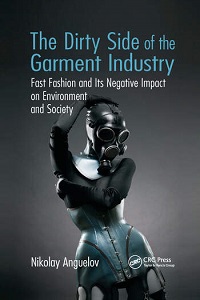
The Dirty Side of the Garment Industry: Fast Fashion and Its Negative Impact on Environment and Society
by Nikolay Anguelov, published by CRC Press, (2021), 9781032179667
This authoritative book provides an expert overview of the fashion industry. Setting the scene well, it carefully unravels the persuasive marketing tactics that guide the consumer away from the fact that, after agriculture, the garment industry is the most polluting industry. Manipulation, advertising, and the promotion of ‘lifestyle’ are the focus of the first two chapters. The most important topics - ‘Environmental Costs’ and ‘Social Costs’ - are covered in Chapters 5 and 6. Chapter 8 begins to examine the solutions and why many don’t work, which links back to the starting chapters on the industry’s very successful manipulative tactics.
Dangers created by the fast fashion industry
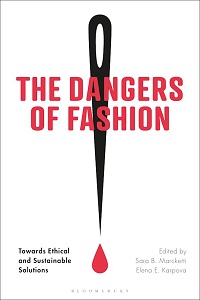
The Dangers of Fashion: Towards Ethical and Sustainable Solutions
by Sara B. Marcketti and Elena E. Karpova (edited by), published by Bloomsbury Publishing, (2020), 9781350052048
This book is a series of essays from across the industry on the many issues caused by fast fashion, including modern-day slavery, counterfeiting, the effects on local communities and its contribution to climate change. As with the previous resource, the focus remains on the problems that the industry creates. At the very end, sustainable solutions and reasons for optimism start to be investigated. A multitude of angles are presented from which to teach from, and for students to investigate, particularly in A-Level topics on Globalisation and TNCs.
How to be sustainable in fashion
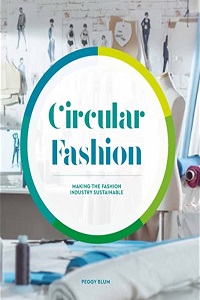
Circular Fashion: Making the Fashion Industry Sustainable
by Peggy Blum, published by Laurence King Publishing, (2021), 9781786278876
This accessible resource moves away from the problems, and more towards the solutions. It takes the form of a guidebook for producing fashion sustainably for designers, manufacturers and even consumers when it comes to upcycling and recycling. Sections on areas such as water use and sustainable materials, circular cycles and use of chemicals all provide practical solutions to environmental damage and clothing ending up in landfill. This book demonstrates to students that there is reason for optimism, and that the transnational corporation is not the only source of fashion.
The future of the industry
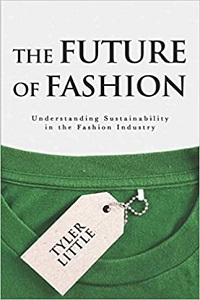
The Future of Fashion: Understanding Sustainability in the Fashion Industry
by Tyler Little, published by New Degree Press, (2018), 9781641371407
This book examines a sustainable future for the larger scale industry. It starts by examining why the industry needs change and examines the Rana Plaza factory collapse in Bangladesh. This is a common way of teaching the impacts of globalisation. Some interesting chapters follow, including the use of celebrities to influence consumers, the psychology of sustainability, and the 'slow fashion' movement. The book makes regular reference to the 2017 Pulse Report, a qualitative and quantitative report of the sustainability performance of the global fashion industry. It is an accessible and readable book on the topic for both teachers and students.
Audiovisual clip
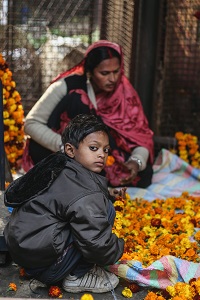
This World - Working conditions at the Rana plaza
published by BBC, (2014)
A look at what fast fashion looks like in Bangladesh, and in particular in the Rana Plaza factory.
Further materials
The Global Glut of Clothing Is an Environmental Crisis by Rachael Dottle and Jackie Gu, published by BloombergUK, (2022)
Access this resource
BBC: The Price of Fast Fashion by Assefeh Barrat, published by YouTube, (2019)
Watch this video
Fast fashion speeding toward environmental disaster, report warns by Nicola Davis, published by The Guardian, (2020)
Access this resource
Consumed. The need for collective change: Colonialism, climate change and consumerism by Aja Barber, published by Octopus, (2021), 9781914240096
Find this book
David Newell is Head of Geography at Millais School in Horsham, West Sussex. He has held the GA’s Secondary Geography Quality Mark since 2015, and has worked as a Specialist Leader in Education, advising schools on improving their Geography provision.
Text © David Newell, 2022.
Text © David Newell, 2022.



